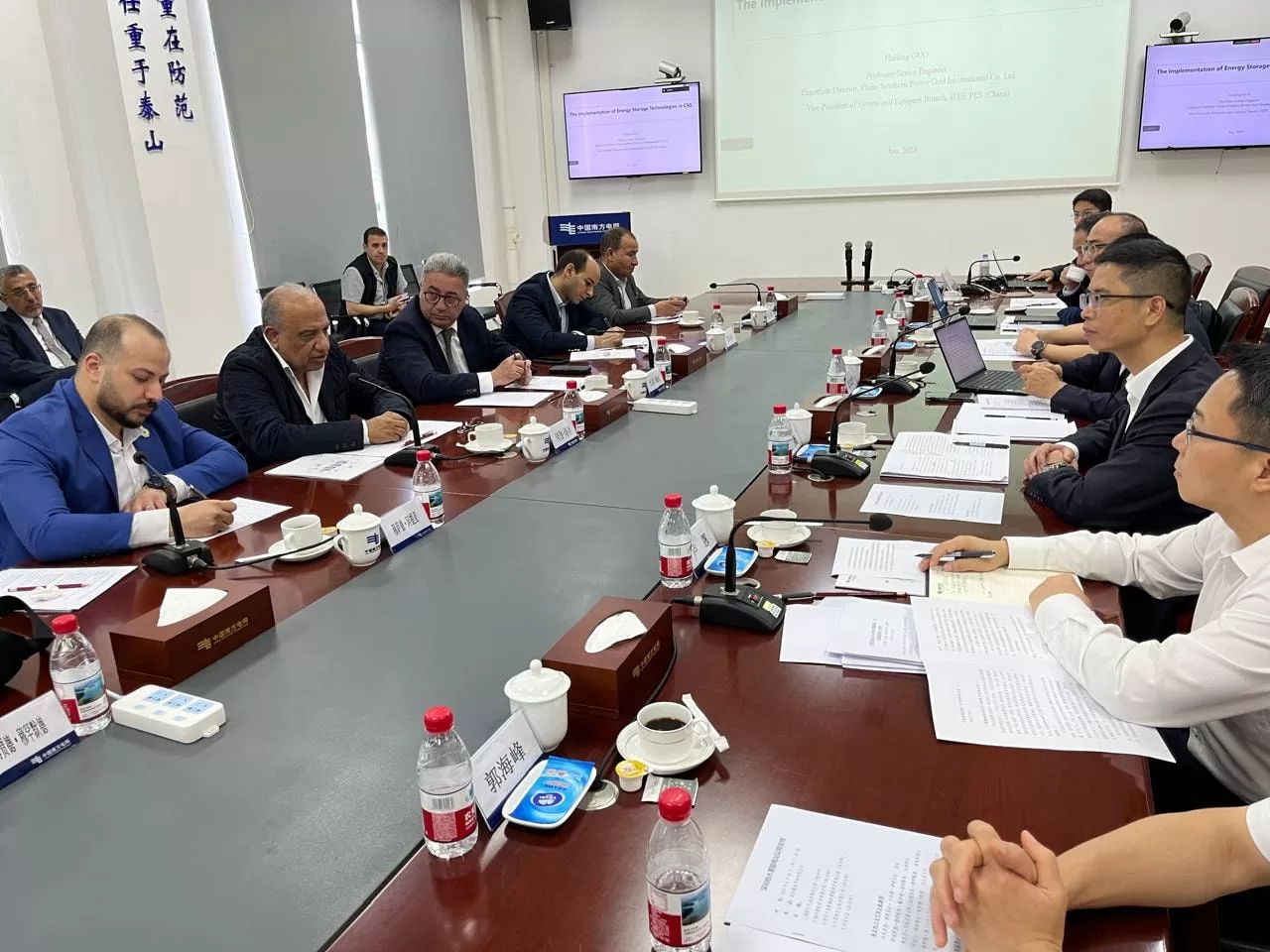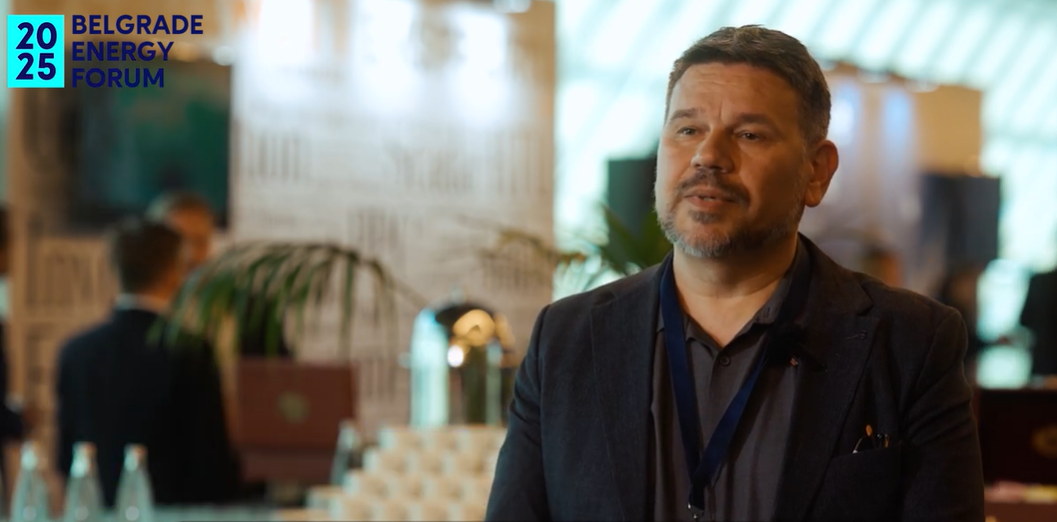At the recent Power Summit 2025 in Brussels, energy leaders across Europe emphasized the urgent need to upgrade the EU grid to support the continent’s energy transition. During the conference, participants identified ‘the grid’ as the primary bottleneck hindering progress in electrification and renewable energy integration.
As Europe pushes forward with its energy transition, the existing grid infrastructure struggles to meet the growing demands from renewable sources. The European Commission estimates that by 2050, electricity will represent 60% of the final energy consumption in Europe. To accommodate this shift, the EU grid requires an annual investment of €67 billion ($78 billion), more than double the current €33 billion average.
Ditte Juul Jørgensen, director-general for energy at the European Commission, stated, “Electrification will be a key driver for decarbonization, competitiveness, and energy security.” However, without the necessary upgrades, the grid risks becoming a limitation rather than a facilitator of progress. Andrea Falciai from Accenture noted that more reforms in planning and permitting are essential to remove existing bottlenecks.
Uniper CEO Michael D. Lewis drew a parallel to the historical development of the EU’s road network, which was built in anticipation of future demand. He urged that a similar proactive approach is required for electricity grids to support the expected surge in demand for electrification.
As reliance on renewable energy increases, so does the complexity of grid management. Markus Rauramo, president and CEO of Fortum, highlighted that optimizing the grid will become increasingly challenging. Digitalization, particularly through artificial intelligence (AI), is seen as a crucial tool in managing this complexity. Georgios Stassis, chairman and CEO of PPC Group, stated that AI could contribute to emission reductions of up to 20% while also improving energy efficiency.
However, AI also poses new challenges. The International Energy Agency (IEA) predicts that AI data centers will account for more than 20% of power demand growth between now and 2030, adding strain to the grid. Stassis emphasized that digitalization should not be viewed as an optional component but as a fundamental aspect of the energy transition.
Security concerns have evolved alongside the increasing digitalization of the energy sector. Birgitte Ringstad Vartdal, CEO of Statkraft, warned that as Europe becomes more electrified, the reliance on digital tools heightens the risk of cyberattacks. Lars Aagaard, the Danish Minister for Climate, Energy, and Utilities, noted that energy infrastructure has become a strategic target in modern conflicts, as illustrated by recent attacks on Ukraine’s energy systems.
Jean-Charles Ellermann-Kingombe from NATO highlighted the increased frequency of cyberattacks on energy infrastructure, pointing out that the integration of renewables and digital tools expands the attack surface for hackers. He stressed the importance of building resilient digital infrastructure alongside physical systems to enhance energy security.
In response to these risks, cybersecurity initiatives have intensified in Europe, including the establishment of a task force by the EU and NATO focused on the resilience of critical infrastructure. Despite these efforts, experts believe the industry remains unprepared for the escalating threats. Aagard noted that significant investments in cybersecurity are necessary to safeguard energy systems, even if it leads to higher energy prices.
The summit concluded with a call for collaboration and reform to advance the EU grid. Jørgensen emphasized that a stable regulatory framework is vital in de-risking investments for grid upgrades. Catherine MacGregor, CEO of ENGIE, pointed out that interconnecting diverse generation sources across the EU can enhance energy security.
The overarching message from Power Summit 2025 was clear: Europe’s energy future depends on a robust, intelligent, and forward-looking grid. Policymakers and industry leaders must work together to ensure that the grid evolves from a bottleneck into the backbone of the energy transition. The necessary technologies and policy frameworks are largely in place; now, decisive action is required to realize these goals.



